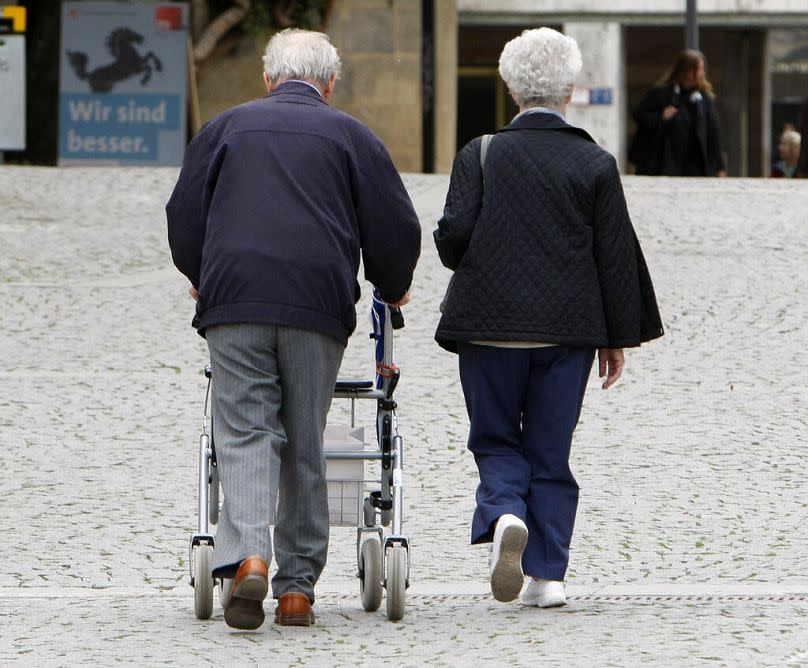Women may live longer but they have poorer quality lives than men, new study finds

According to the World Health Organization (WHO), males live up to 69 years of age while females generally reach 74 on average. But a new study has revealed how sex and gender shape our health and longevity.
Being male or female interacts with other variables, such as race, socio-economic status, age, or sexual orientation, increasing the risk of different diseases and varying life expectancy.
The new study, published in The Lancet, concluded that men experience a greater degree of health loss and have a higher burden of diseases that lead to premature death, but that women suffer more pathologies that impair their quality of life in later life.
Females suffer a higher rate of lower back pain, headaches, and depressive disorders, affecting their day-to-day routines. Men, on the other hand, are more likely to have heart problems or be involved in a car crash.
Both sex, which determines the biological factors associated with sex chromosomes and reproductive anatomy, and gender, which refers to a social construct that relates to the socially ascribed roles and behaviours of men and women and gender-diverse people, shape health.
And the latter is thought to start when we are teenagers.
Lost years of healthy life
"Most illnesses that disproportionately affect females or males, such as depressive disorders, anxiety disorders, and road injuries, begin to differentiate in adolescence," the authors of the study said, explaining that "existing research suggests that this period coincides with a crucial age when gender norms and attitudes intensify and puberty reshapes self-perceptions".
The researchers used data from the 2021 Global Burden of Disease Study (GBD), focusing on around 20 pathologies in over 200 countries that generate the most health loss in individuals over 10 years of age.

To measure the health impact of these conditions, they used an indicator called Disability-Adjusted Life Years (DALYs), which are the sum of the years of life lost to due to premature mortality and the years lived with a disability.
Rates of years of healthy life lost due to disease were higher in men in 13 of the 20 conditions analysed: COVID-19, for example, or ischaemic heart disease, affected men much more than women.
The seven conditions with higher DALY rates in women than in men were lower back pain, depression, headaches, anxiety, musculoskeletal disorders, dementia, and HIV.
'Women suffer disproportionately'
"Women don't present as many life-threatening conditions as men, but they do suffer disproportionately from conditions that significantly diminish their quality of life," Dr Dra. Sara Guila Fidel Kinori, a clinical psychologist and member of the Women's Health comity at the Vall d'Hebron Hospital in Barcelona, Spain, told Euronews Health.
The scientists behind the study admit that it has its limitations, as the estimates and data used adhere to a binary framework (female or male), and the health impact cannot be analysed and estimated for gender-diverse or sex-diverse groups.
The results, which analysed data from 1990 to 2021, found little progress in closing the health gap between men and women.
The final interpretation of the study is that the notable health differences between females and males point to an urgent need for policies to be based on sex-specific and age-specific data.
They also conclude that it is also important to continue promoting gender-sensitive research, and ultimately, implement interventions that not only reduce the burden of disease but also achieve greater health equity.
"Women aren't that biologically different than men," says Guila, "but culture and gender does determine these differences, which is why we need to focus on and investigate these cultural and socio-economic determinants that differentiate us".


